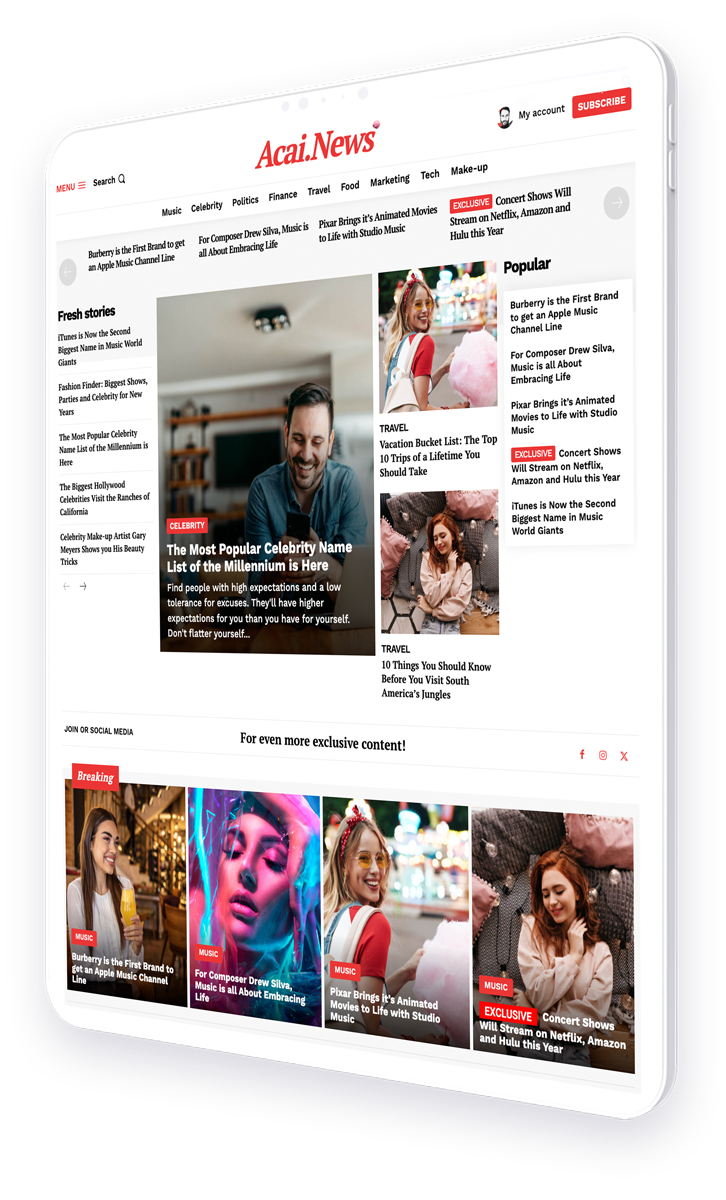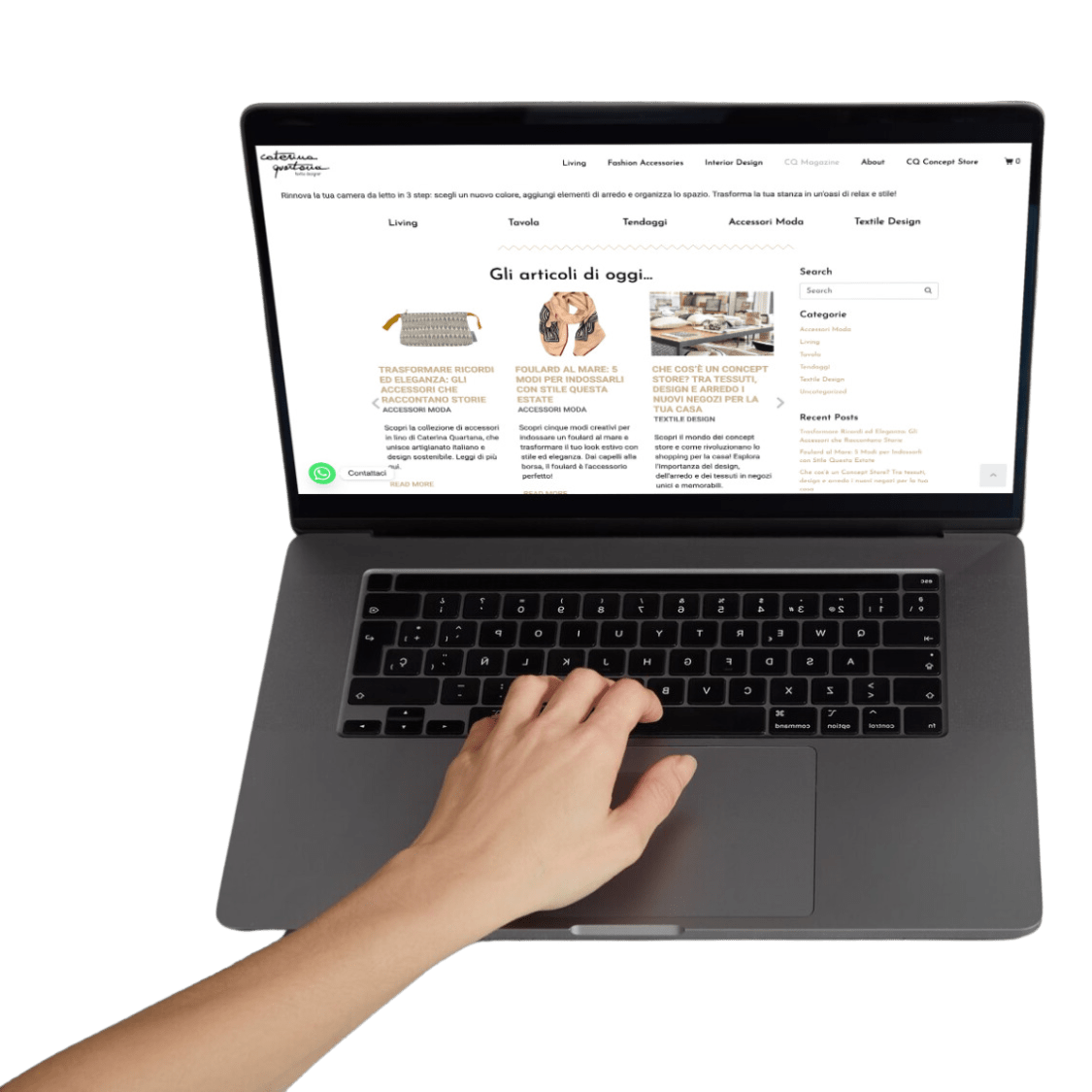Discover How to Shift from One-Way Communication to Interactive, Data-Driven Engagement
Welcome to the digital age where the shift from traditional one-way communication to interactive, data-driven engagement is not just a trend, but a significant transformation in how businesses, governments, and organizations interact with their audiences. This article explores the evolution of communication strategies, emphasizing the importance of interactive and data-driven approaches in today’s hyper-connected world.
- Introduction to Interactive Communication
- The Evolution of Communication
- Benefits of Interactive, Data-Driven Engagement
- Strategies for Implementing Interactive Communication
- Case Studies
- Conclusion
Introduction to Interactive Communication
In the past, communication was predominantly one-way, especially in marketing, broadcasting, and public information dissemination. Organizations would send out information, and the audience would passively receive it. However, the rise of digital technology has revolutionized this dynamic, turning communication into a two-way or even multi-way street.
The Evolution of Communication
Historically, communication methods have evolved from simple oral and written traditions to complex digital and electronic media. The last few decades have seen particularly rapid changes, with the internet and mobile technology leading the way. This evolution has paved the path for more sophisticated forms of communication where feedback loops and data analytics play a crucial role.
Benefits of Interactive, Data-Driven Engagement
Interactive, data-driven communication strategies offer numerous benefits:
- Enhanced engagement: Interactive tools and techniques ensure that the audience is not just a receiver but an active participant.
- Improved customer insights: Data collected during interactions helps organizations understand customer behaviors and preferences more deeply.
- Increased personalization: With data, communications can be more targeted and personalized, which is often more effective and appreciated by the audience.
- Greater reach and accessibility: Digital platforms enable organizations to reach a global audience effortlessly and receive instant feedback.
Strategies for Implementing Interactive Communication
To transition from one-way communication to interactive, data-driven engagement, organizations can adopt several strategies:
- Utilize social media platforms for two-way communication.
- Implement chatbots and AI-driven tools to provide real-time interactions.
- Develop mobile apps that encourage user interaction and data collection.
- Use analytics tools to understand and respond to customer data effectively.
Case Studies
Several organizations have successfully made the shift to interactive, data-driven communication:
Example 1: A global retail company used interactive social media campaigns to increase customer engagement and sales. By analyzing user data from these campaigns, they were able to tailor their marketing strategies more effectively, resulting in a 30% increase in online sales.
Example 2: A government health agency implemented an interactive SMS and email-based system to provide personalized health advice. The system uses data from user inputs to deliver tailored health tips and reminders, significantly improving public health outcomes.
Conclusion
The shift from one-way communication to interactive, data-driven engagement represents a fundamental change in how we think about and execute communication strategies. This approach not only enhances the effectiveness of communication but also fosters a deeper connection between organizations and their audiences. By embracing these modern techniques, organizations can achieve greater impact and efficiency in their communication efforts.
For further reading on the importance of data in communication, visit Forbes Tech Council’s insights.
In conclusion, as we continue to navigate a world where digital technology plays a central role, the importance of interactive, data-driven communication cannot be overstated. It is not just about keeping up with trends but about leveraging these powerful tools to create meaningful and lasting engagements.




